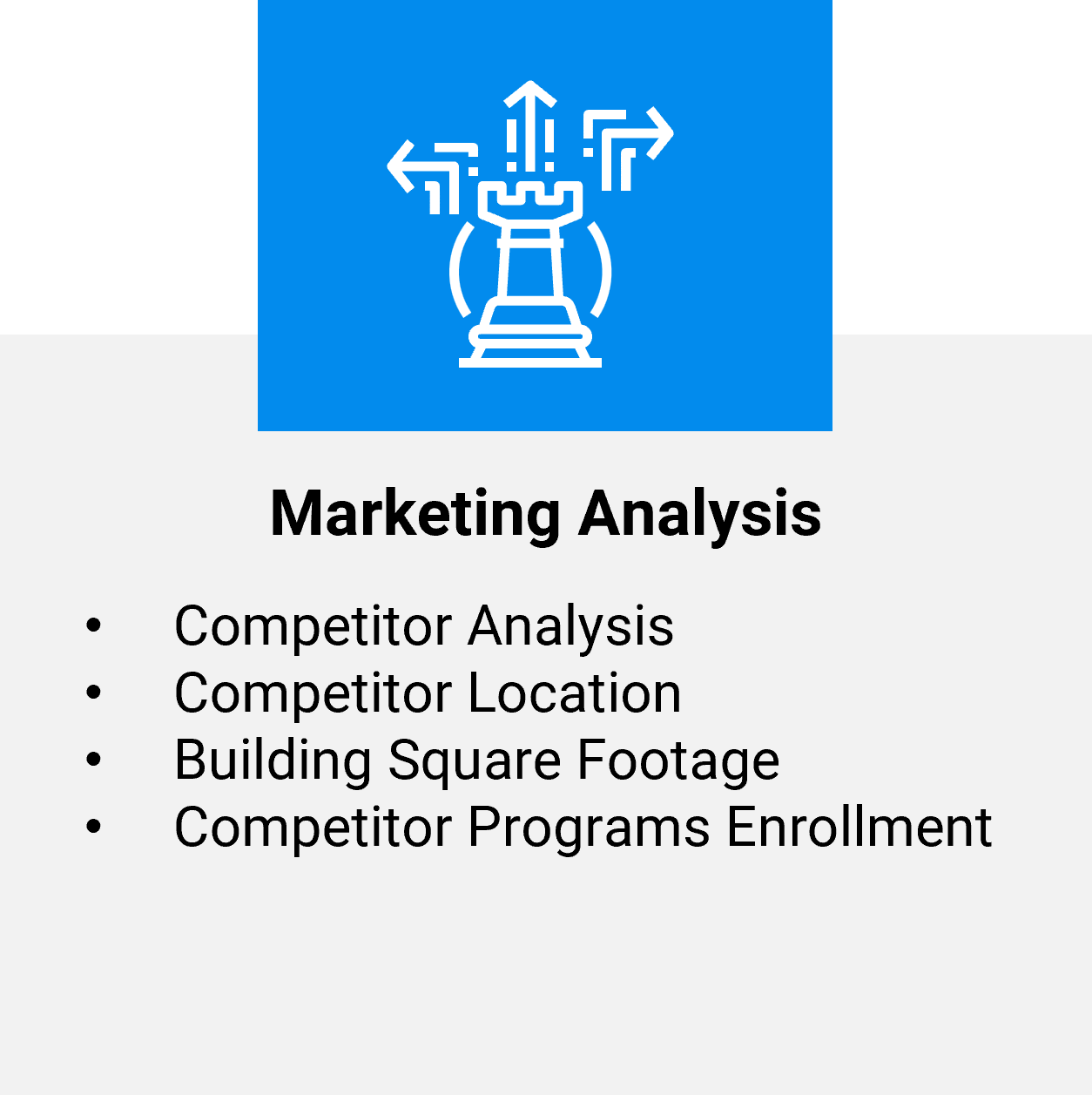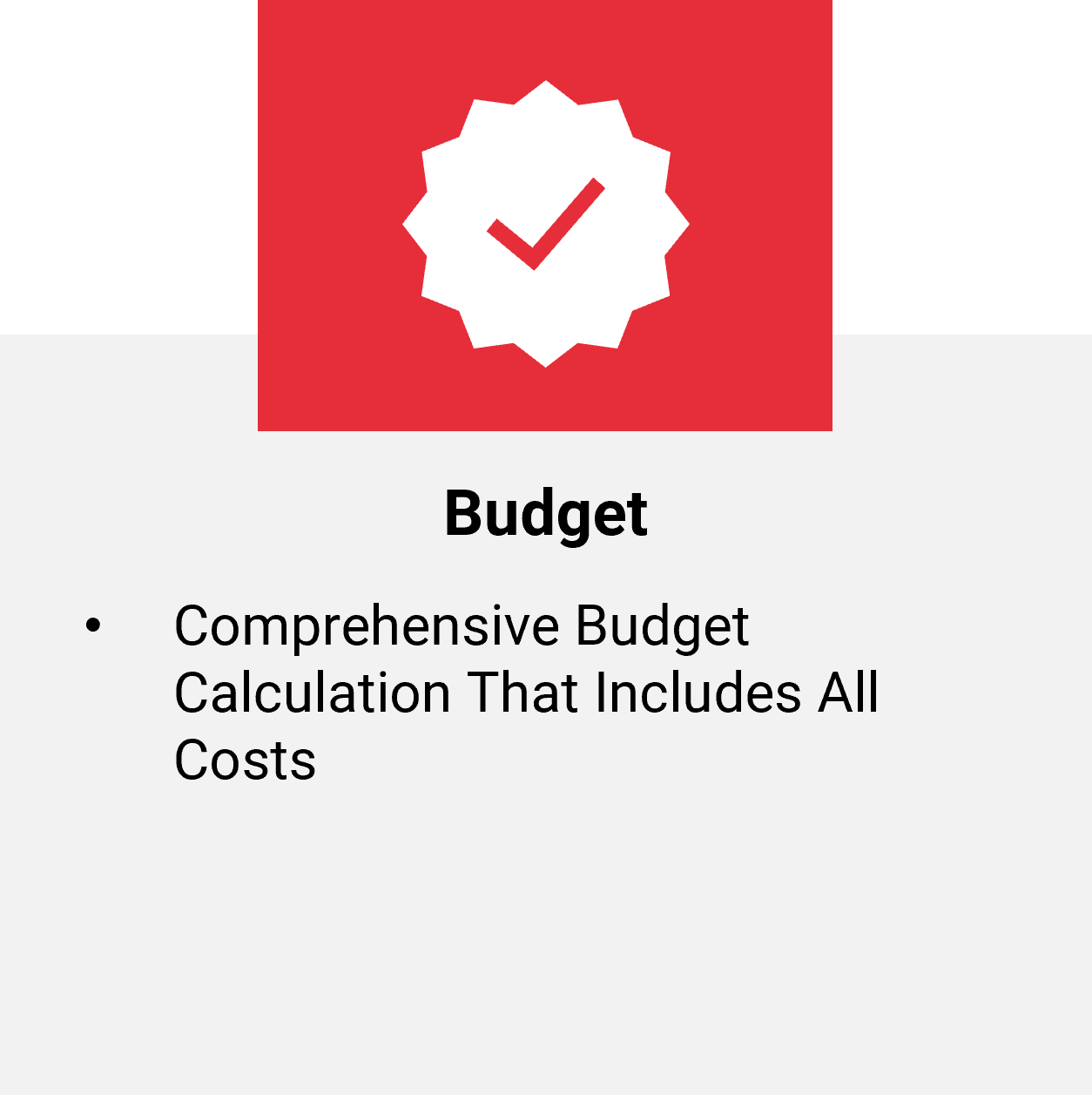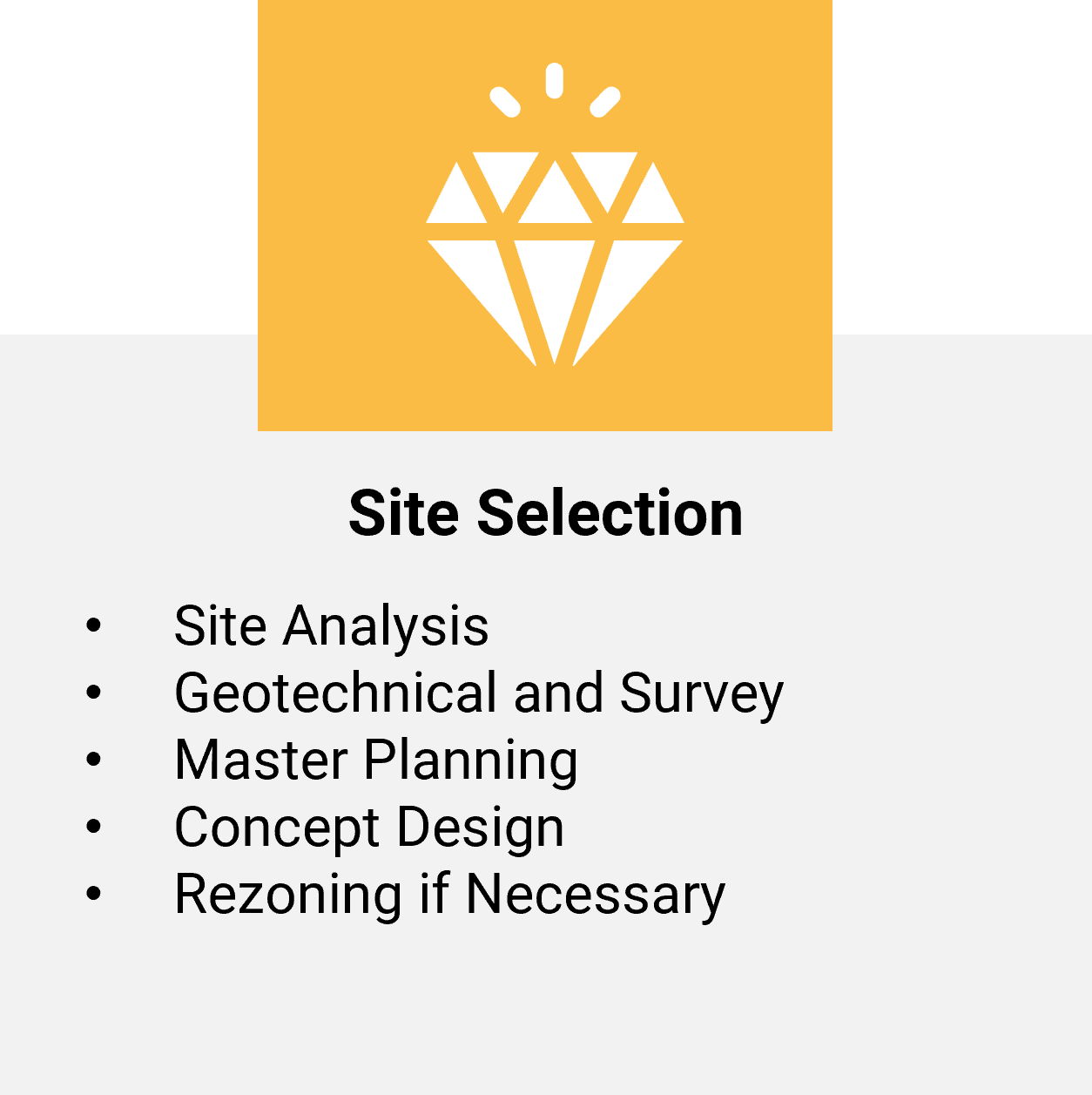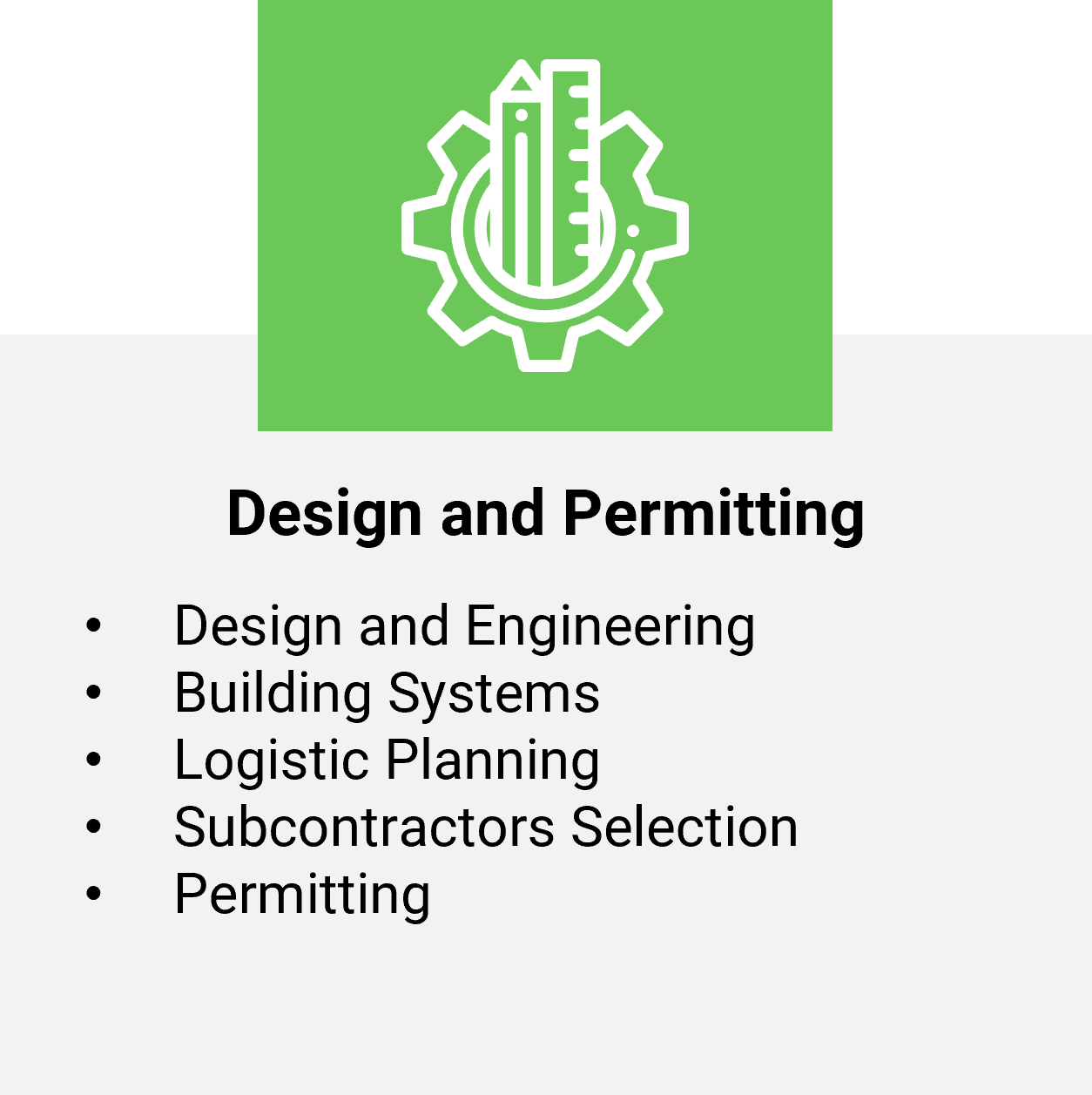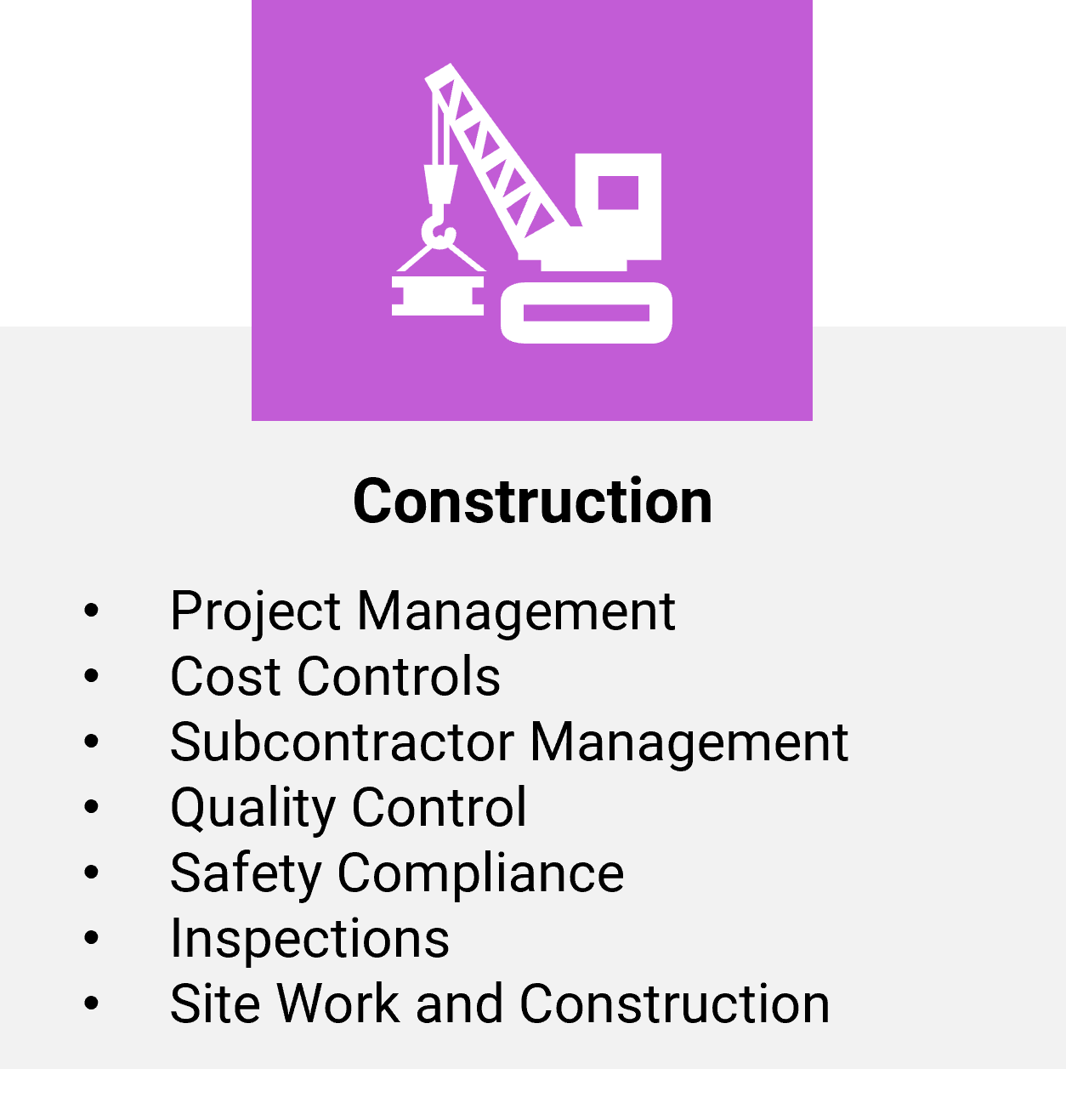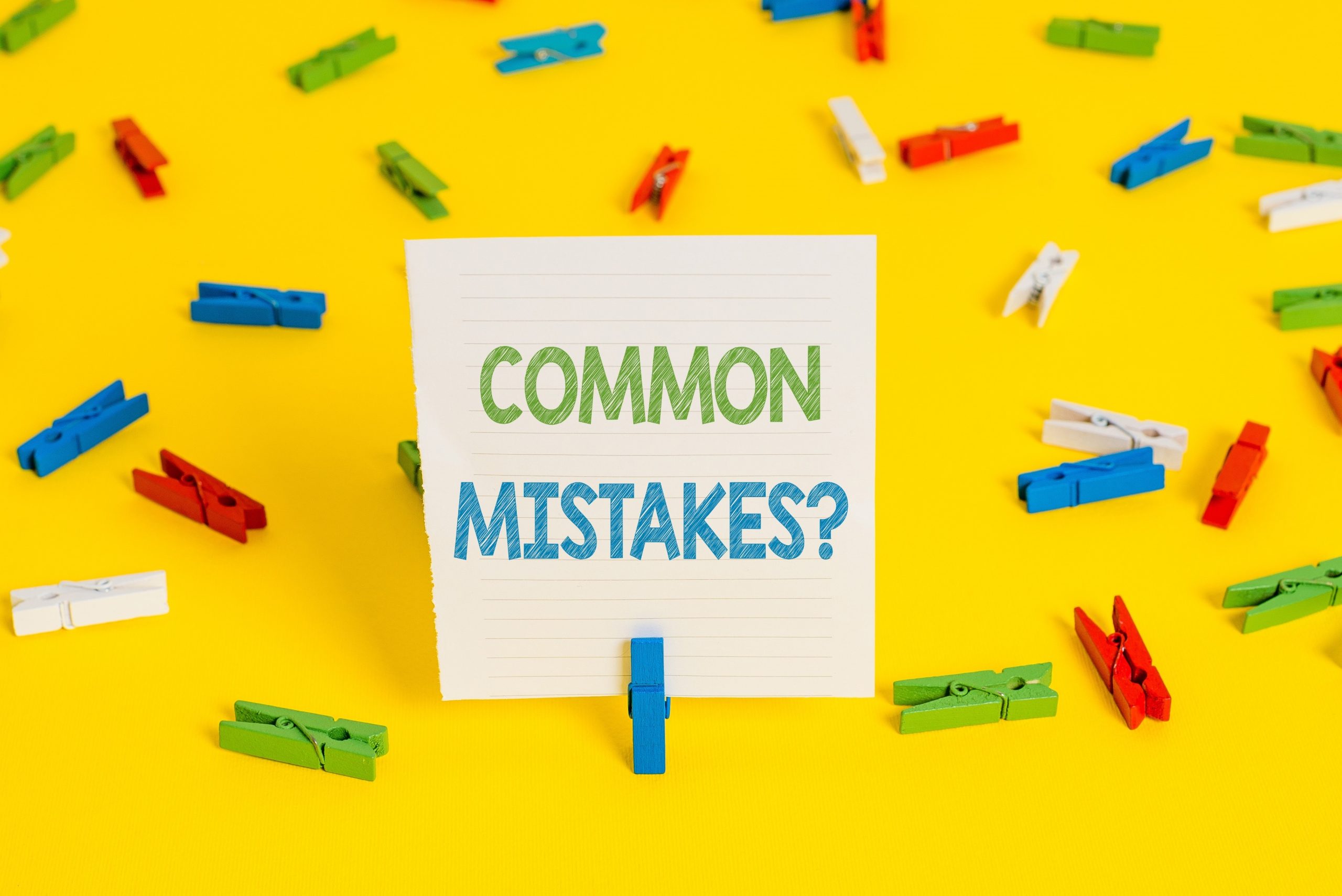Child Care Facility Construction – Design Build vs Design Bid Build
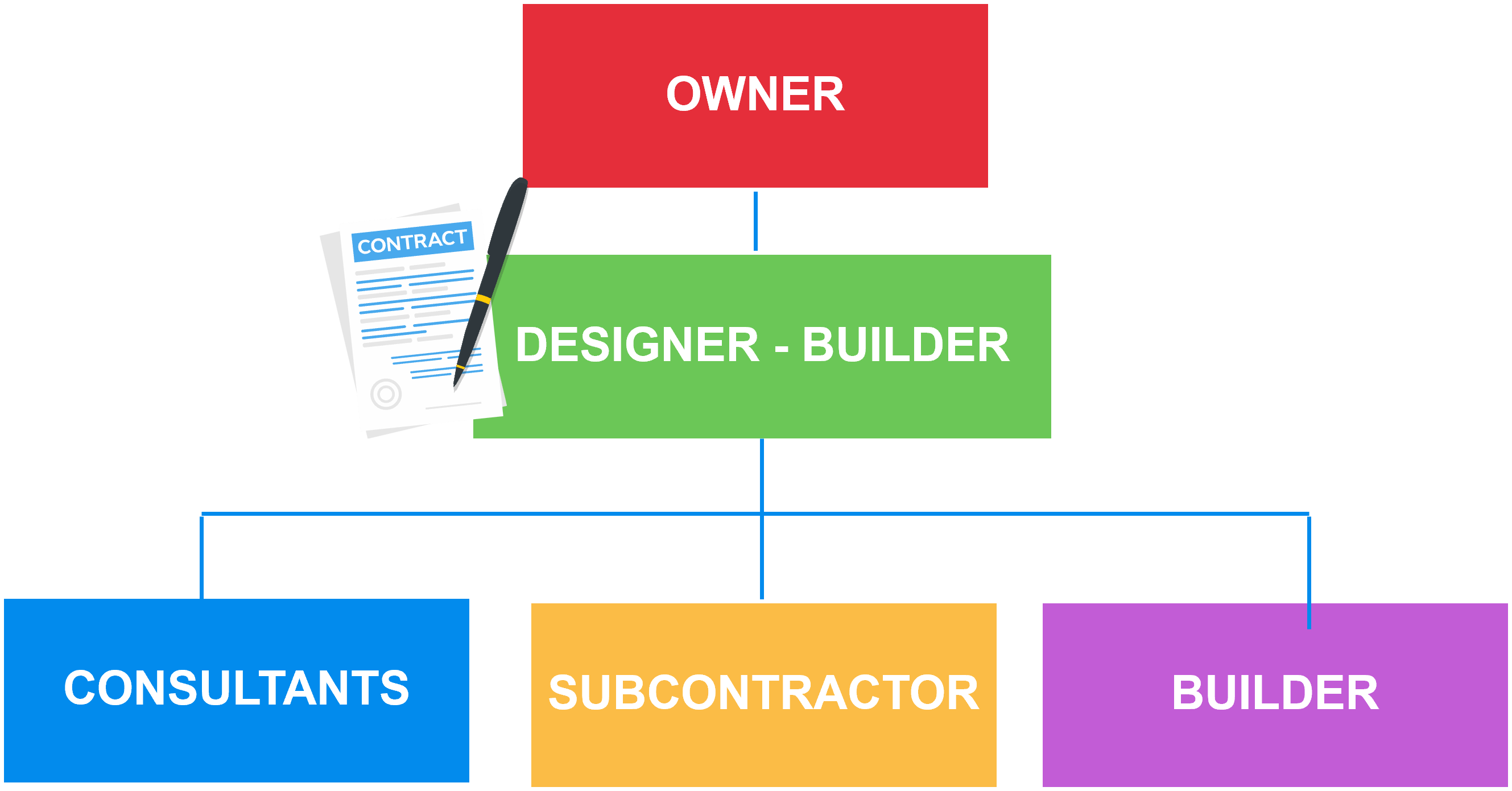
When building a new childcare facility, owners typically have two main project options: Design-Bid-Build (DBB) and Design-Build (DB). Each approach has advantages and disadvantages, and choosing between them can significantly impact the project’s timeline, cost, and overall success. The two methods differ in who is responsible for the design and construction and how each project phase is executed.
Design Bid Build (DBB)
Design-bid-build is a traditional project delivery method where different companies or construction professionals are hired to complete the design and construction phases. During the first phase, an architect or engineer designs the childcare project, and then contractors bid on the construction work based on the completed design. The childcare owner awards the construction contract to the best bidder or the contractors whose proposal they feel provides the best value. Note a key distinction of this method is that the childcare owner works with various construction professionals or companies and has separate contracts with each one.

Advantages of Design Bid Build
- Separating the design and construction phases allows for thorough planning and detailed design before construction begins, which may enhance the project’s quality.
- Since the owner directly contracts with the designer and the builder – separately, there is greater control over the design and construction process.
- The bidding process may result in lower construction costs as contractors compete to offer the best price.
- The separation of responsibilities can lead to a more transparent process, making it easier to identify and address issues should they arise.
- With a distinct design phase, architects and engineers can explore more innovative and creative solutions without constraints on the construction timeline.
Disadvantages of Design Bid Build
- The sequential nature of the DBB’s method often results in a longer overall project timeline.
- With separate contracts for design and construction, there is greater potential for disputes and misunderstandings between the designer and the contractor.
- The owner bears more risk in coordinating the efforts of the designer and the contractor. If issues arise, the childcare owner may be in the middle of disputes between the two parties.
- Changes during construction are more likely to result in costly change orders, as the design is already set before construction begins.
- Separating the design and construction phases can lead to less collaboration and communication between the designer and the builder, potentially resulting in less efficient solutions.

Design Build (DB)
With the Design-Build method, the childcare owner works with one company or team that has the expertise to both design and build the childcare facility. Note that a key distinction of this method is that the childcare owner only contracts with the designer-builder to provide the facility design and manage the building process.
Advantages of Design Build
- One of Design Build’s most significant advantages is that the childcare owner works with only one company or team through all phases of the project. This simplifies communication and accountability.
- Since the design and construction teams work together from the beginning, this can lead to more efficient and cost-effective solutions that might not be possible in a design-bid-build approach.
- The Design-Build method can significantly reduce the overall project timeline. This is particularly beneficial for projects with tight deadlines, like ensuring the completion of a new childcare facility by a specific time of the school year.
- The integrated nature of the Design-Build method can result in more efficiency, fewer change requests, and cost savings.
- Using only one company for design and construction often results in fewer misunderstandings, miscommunications, and conflicts.
Disadvantages of Design Build
- The owner has less direct control over the design and construction process, which can be a disadvantage if the childcare owner has specific requirements or a strong vision for the project.
- Since the same entity handles design and construction, there may be less incentive to pursue innovative design solutions that could increase construction complexity or cost.
- The project’s success heavily relies on the expertise and reliability of the chosen Design-Builder. If the entity is not competent, the project may suffer. Working with a design-builder with extensive experience in childcare facilities is critical.
The decision to use Design-Bid-Build or Design-Build depends on various factors, including the project’s complexity, timeline, budget, and the childcare owner’s level of experience and involvement. For new childcare building projects, Design-Build is often the preferable choice. Childcare projects are relatively complex and require a fast turnaround, with completion timelines designed to match the highest enrollment times of the year—the start of the new school year or the new year—January.
It is also preferable for childcare owners who desire a single point of contact and accountability. Childcare owners with limited construction experience can benefit from not having to devote substantial time to the project. Instead, the childcare owner can spend more on advance marketing to ensure a good opening enrollment, recruiting, hiring, and training teachers and staff, and promoting the new childcare facility in the community.
The services of Design Build companies can vary greatly. Some offer basic childcare facility design and build services. While others may offer a full menu of services or package service options, which may include some or all of the following:
